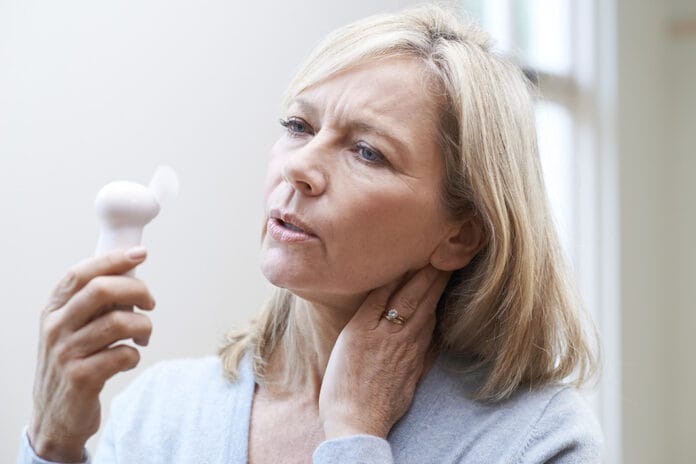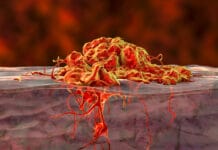As women age, their chances of developing an oral mucosal disorder or xerostomia increase, especially with the onset of menopause. Statistical differences caused several researchers to study what other effects menopause will have on your oral health.
The Assessment of Effect of Menopause on Saliva and Oral Health Status studies the dental health of 80 women, broken up into two groups of 40. Group I is menopausal, and Group II is pre-menopausal or still menstruating at an age just before menopause is supposed to occur. Each participant was given a full check-up, complete with Oral Hygiene Index Simplified (OHI-S), Decayed, Missing, and Filled Teeth (DMFT), Community Plaque Index (CPI), loss of attachment (LOA), and salivary pH and flow measurement.
Menopause and Xerostomia
For those who don’t know, menopause begins around the age of 50 because a woman’s estrogen levels decrease, stopping menstruation. Osteoporosis may become an issue. The hormonal changes caused by menopause increase the rate at which bone is absorbed, weakening the body’s structure causing bones to easily break.
Many menopausal women suffer mucosal disorders, such as burning mouth syndrome, altered taste buds, and lichen planus, for example. Previous studies have shown that a symptom of menopause is a decrease in saliva production, and we all know how essential saliva is for our oral health. A person must have a sufficient amount of quality saliva to maintain their oral health.
Chances for Co-morbidity High
Group I, consisting of women between the ages of 45- 60, had 18 participants with xerostomia, while Group II, ages 21-44, had none. All 40 members of Group II had healthy and balanced pH of their saliva, compared to only 20 in Group I. All 20 were rated as below acidic. The quantity of the saliva flow in all of Group II’s members was considered healthy. Group I, however, only counted 21 participants with adequate amounts of saliva. 19 of those 21 people in Group I had hyposalivation, and some developed xerostomia symptoms.
This means that someone with great dental hygiene while they are young still has a 50/50 chance of developing oral issues because of hormonal changes. OHI-S, DMFT, CPI, and LOA were obviously found to be much higher in menopausal women than in the control group of younger women.
Women who live with xerostomia had a notable decrease in unstimulated saliva flow and salivary progesterone when they were compared with the women who did not have xerostomia symptoms. Progesterone levels also seem to be associated with oral dryness in menopause, as well as estrogen. In post-menopausal women, a deficiency in estrogen can lead to alterations in white blood cell counts, with monocytes and macrophages producing more and more pro-inflammatory proteins, such as cytokines.
So, What Does This Have to Do with Me?
Many of our patients are menopausal and post-menopausal. Do you address their specific needs while they are in your chair?
It’s a good idea for us to alter our OHI for older women to help them learn when they need to ask for help if they notice xerostomia symptoms or present with higher decay rates than in the past. They need to know how to address the symptoms of xerostomia early so we can give them preventive options.
Share with them your concerns about their saliva’s pH levels and their effects on their oral health. You can help them come up with a plan to prevent issues from forming or combating issues that already exist. You don’t have to ask if someone is menopausal. That can be uncomfortable. But you can alter your advice based upon the woman’s age and, for example, start addressing problems with xerostomia at the age of 45.
Though this is a small study and more research should be done, it does show that saliva may change in older women, and dental hygienists should be prepared to address it with their patients.
Before you leave, check out the Today’s RDH self-study CE courses. All courses are peer-reviewed and non-sponsored to focus solely on pure education. Click here now.
Listen to the Today’s RDH Dental Hygiene Podcast Below:











